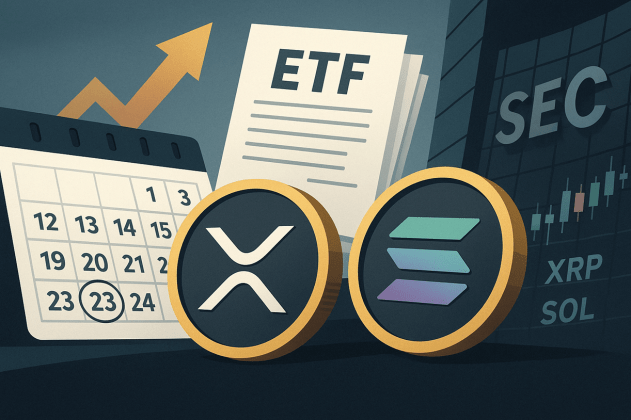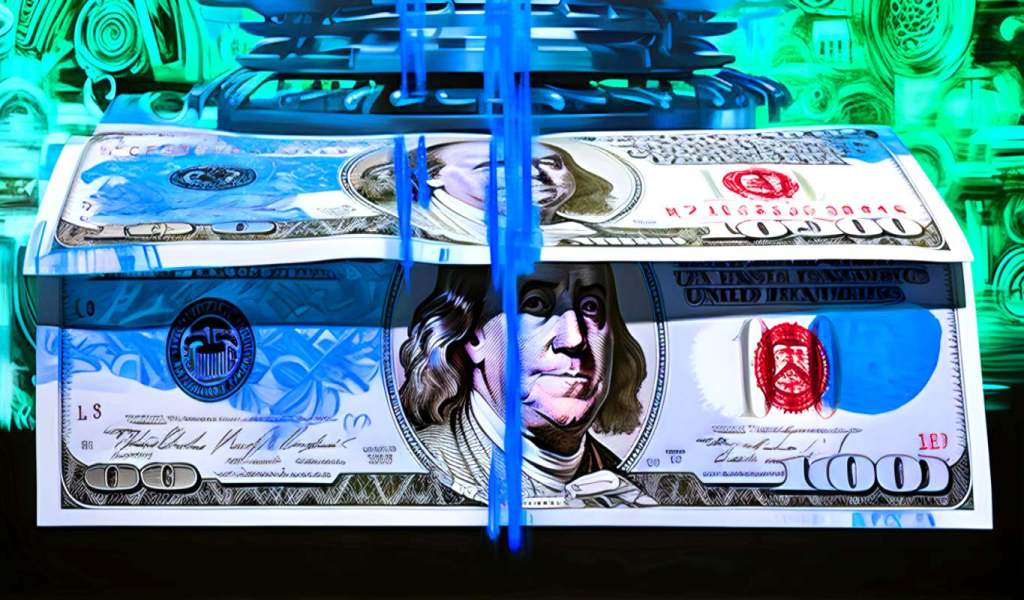A new report has put 94 US banks on high alert, warning they could face a run by depositors if they show any signs of financial trouble.
Big Names at Risk
The report, from Florida Atlantic University, found that these banks have a high percentage of uninsured deposits, meaning depositors could lose money if the bank fails. Some of the biggest names on the list include:
- BNY Mellon (100% uninsured deposits)
- State Street Bank (92.6% uninsured deposits)
- Northern Trust (73.9% uninsured deposits)
- Citibank (72.5% uninsured deposits)
- HSBC Bank (69.8% uninsured deposits)
- JP Morgan Chase (51.7% uninsured deposits)
- U.S. Bank (50.4% uninsured deposits)
Why the Risk?
Uninsured depositors are more likely to pull their money out quickly if they think a bank is in danger. This could lead to a “bank run,” where so many people withdraw their money that the bank collapses.
Recent Bank Failures
The report points to the recent failures of Republic First Bank, Silicon Valley Bank, Signature Bank, and First Republic Bank as examples of how quickly things can go wrong.
FDIC Protection
The FDIC insures deposits up to $250,000 per account. However, the government has stepped in to protect all depositors in some recent bank failures, raising concerns about the potential for a “moral hazard” – where banks take on more risk knowing the government will bail them out.
What’s Next?
The report warns that these banks are vulnerable to a liquidity crisis, especially if they face losses from commercial real estate or investments. It remains to be seen if these banks will take steps to reduce their exposure to uninsured deposits or if the government will intervene again in the event of a major bank failure.







